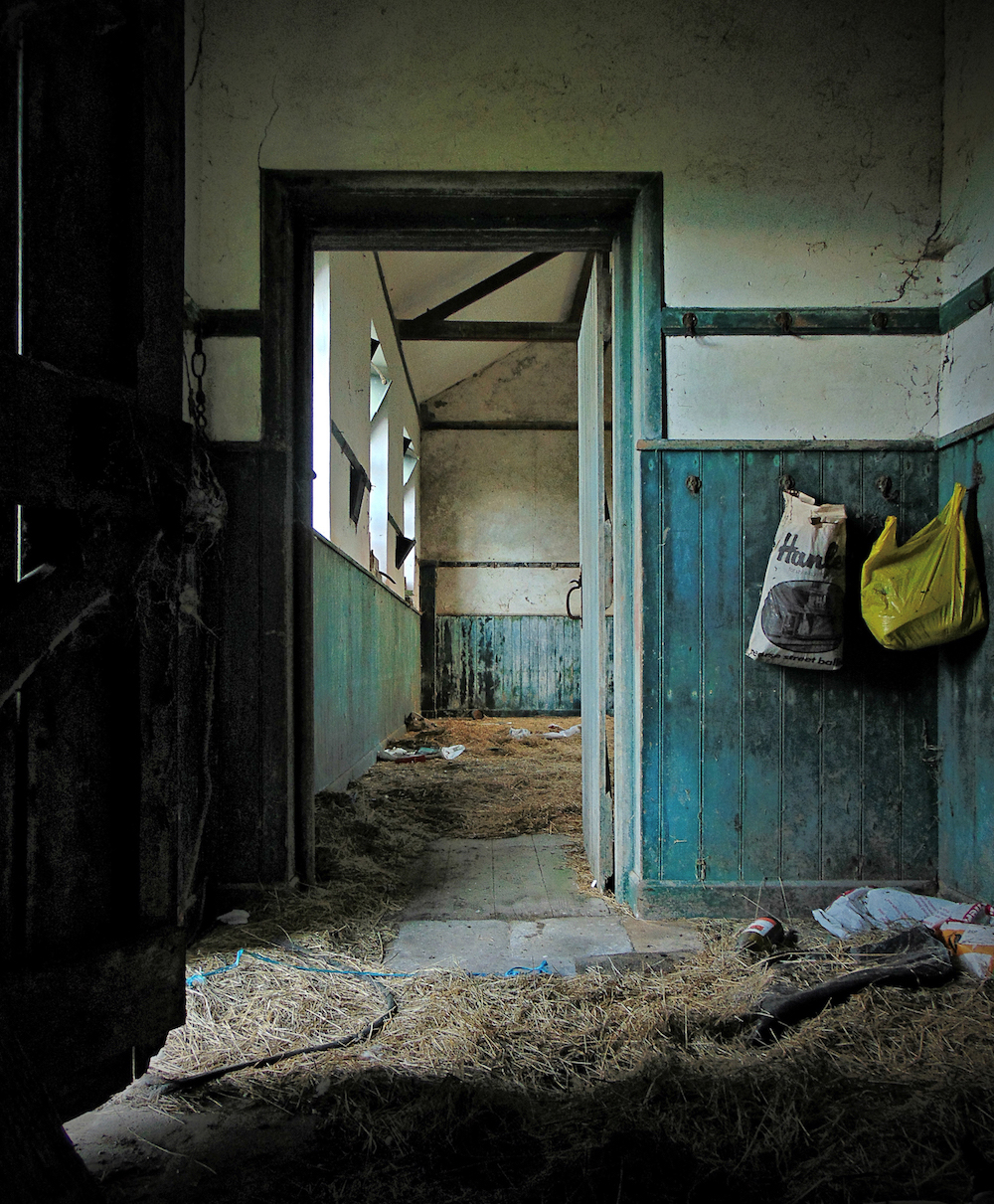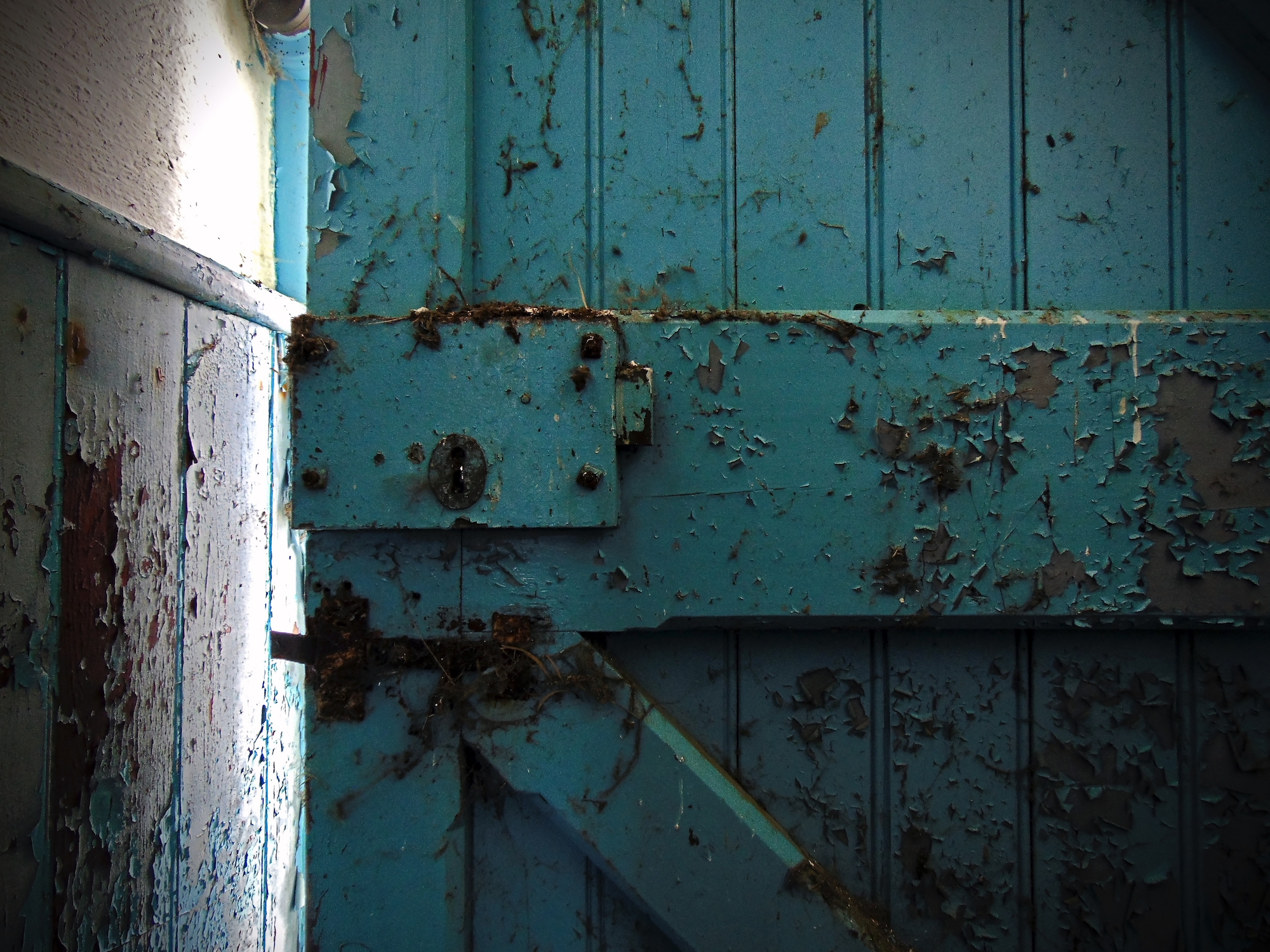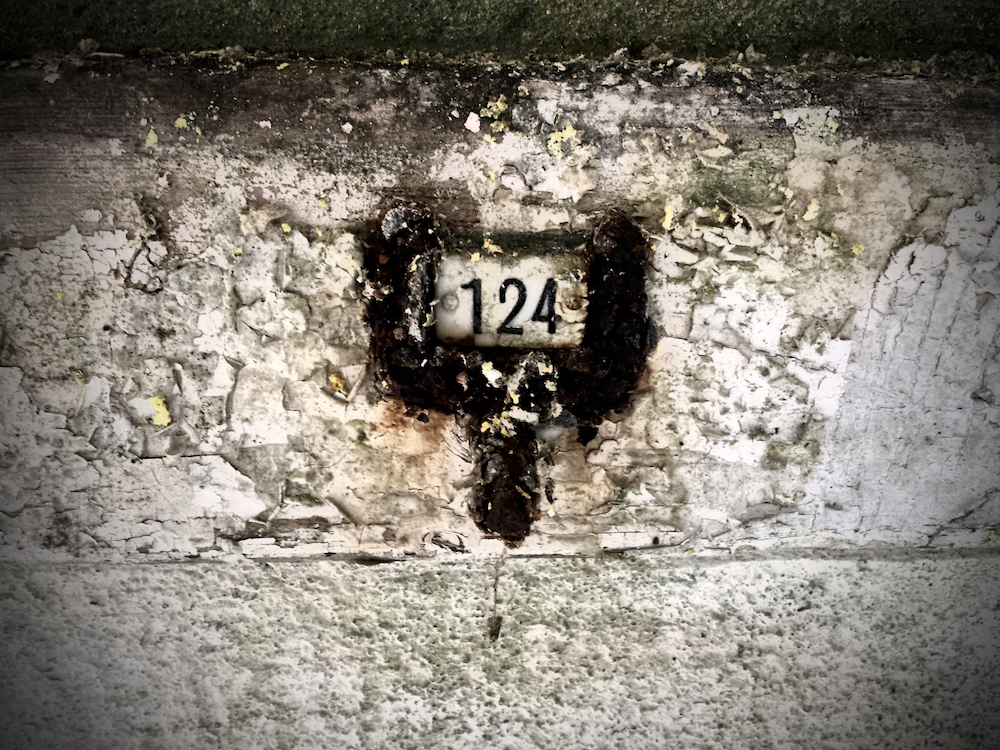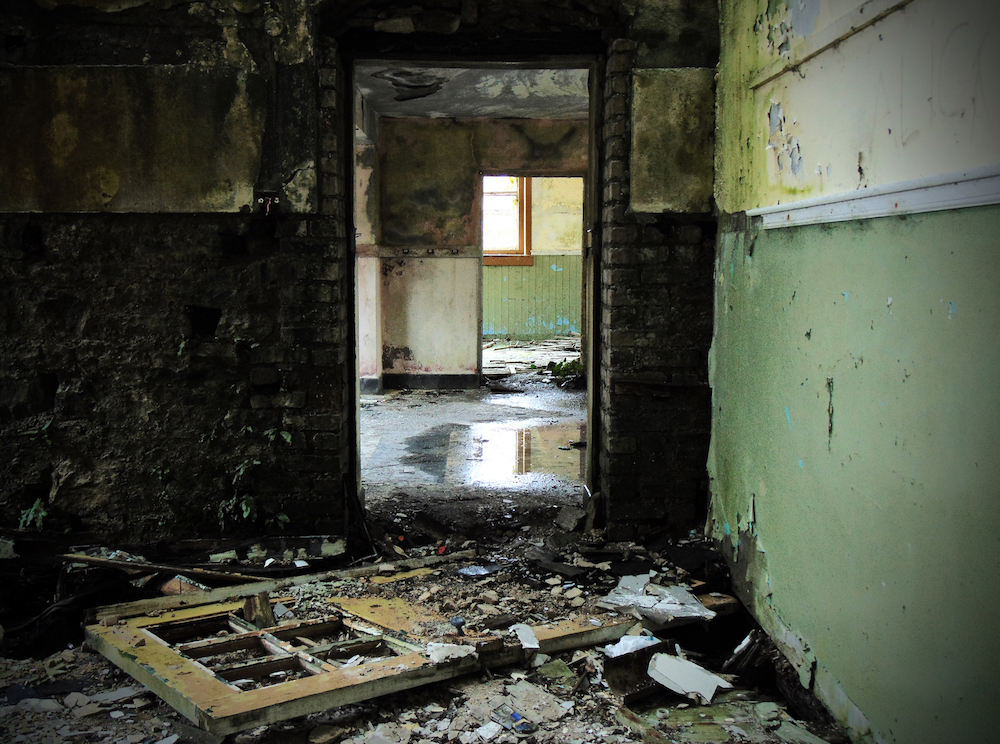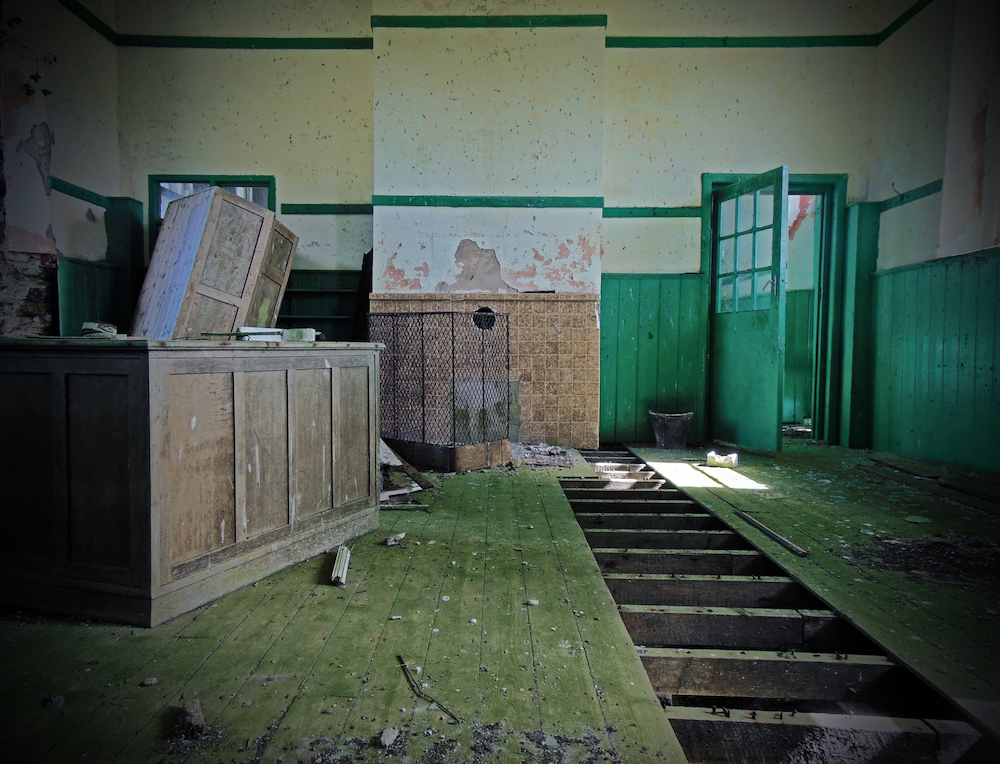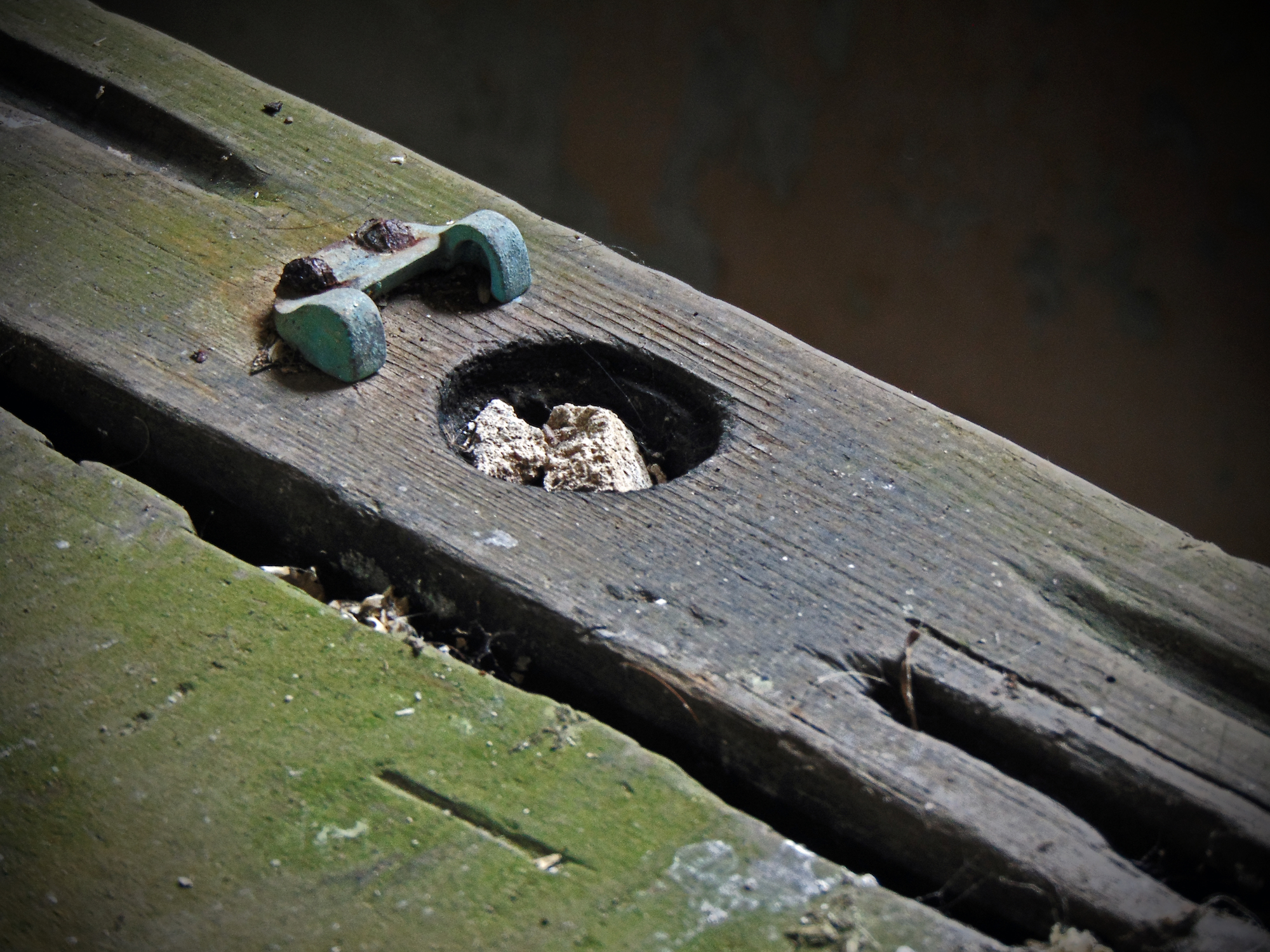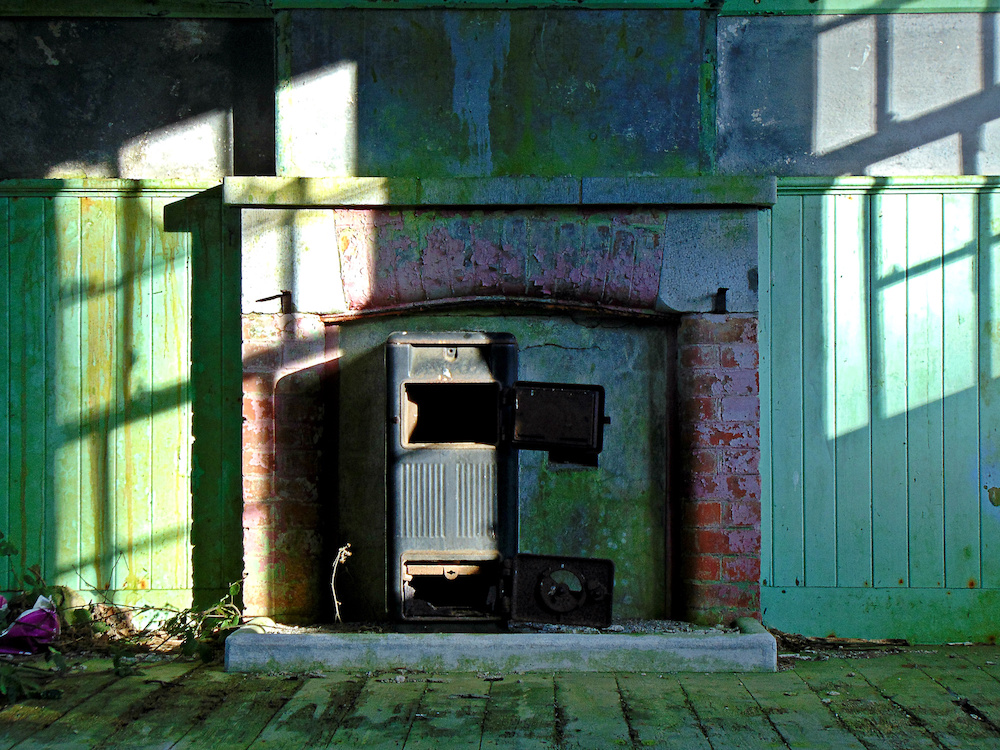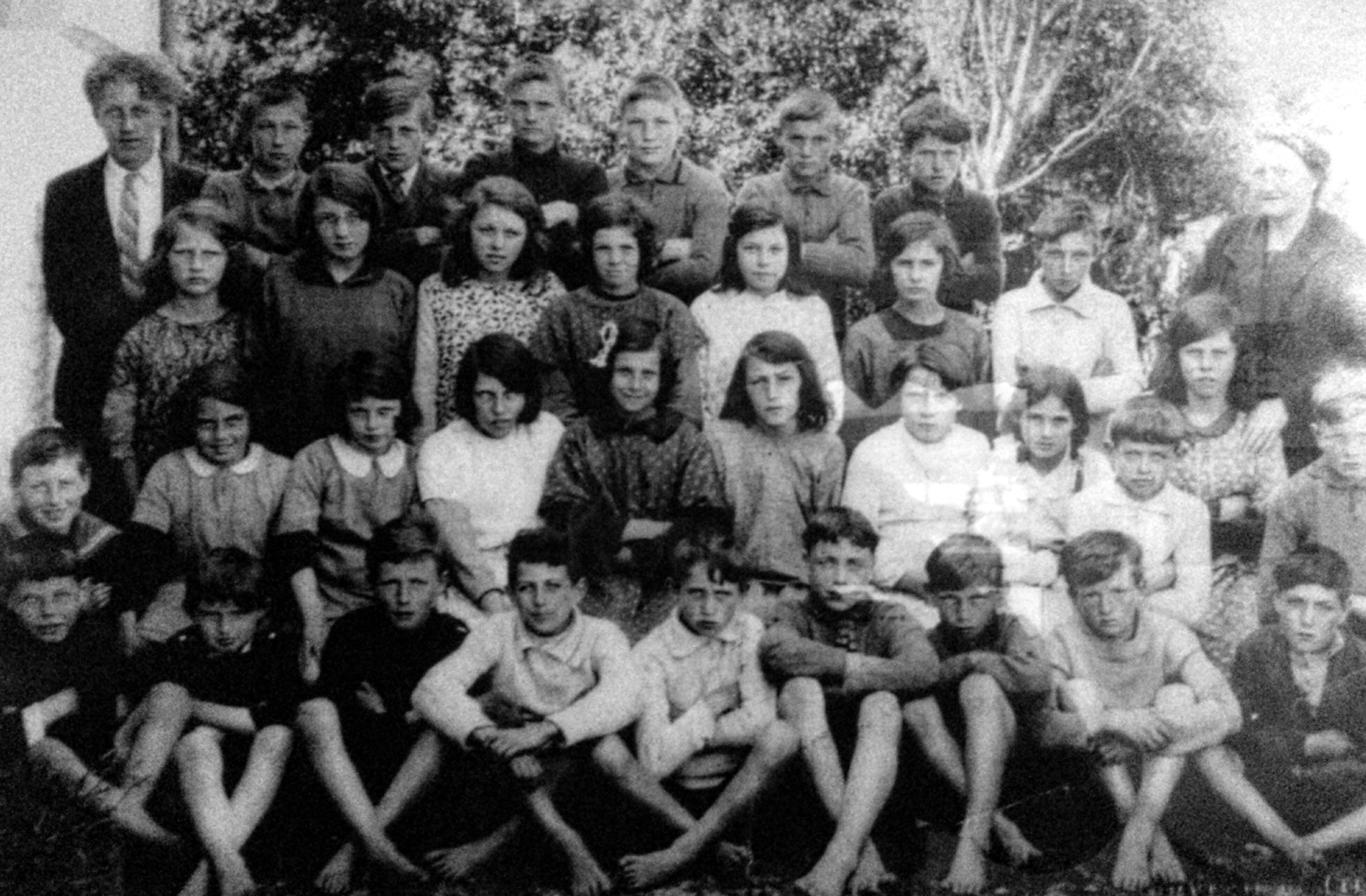Cork-based Enda O’Flaherty’s photographs of abandoned schools in Ireland are haunting, colorful, eerie and make you wonder what happened there. These small one and two-roomed 19th and early 20th century school houses were not abandoned by decree, like Tyneham, Dorset, where the school and indeed the entire village were evacuated during World War II as a temporary measure by order of the War Office. (The village was not returned to the residents and in 1948 a compulsory purchase order was placed on the land.)
“For hundreds of thousands who emigrated from Ireland at an early age, their days spent in diminutive these school houses often represented the last formal education they received before seeking a brighter future abroad,” he writes.
“Due to a long-term tradition of emigration, and changing rural demographics, there are a surprising amount of abandoned school houses in the Irish countryside,” says Enda. “I have no real explanation for why I began doing this; it began by accident while undertaking some field work during my nine-to-five as an archaeologist. I don’t think it’s become an obsession, but I have visited almost 150 abandoned school houses in the past 12 months.”
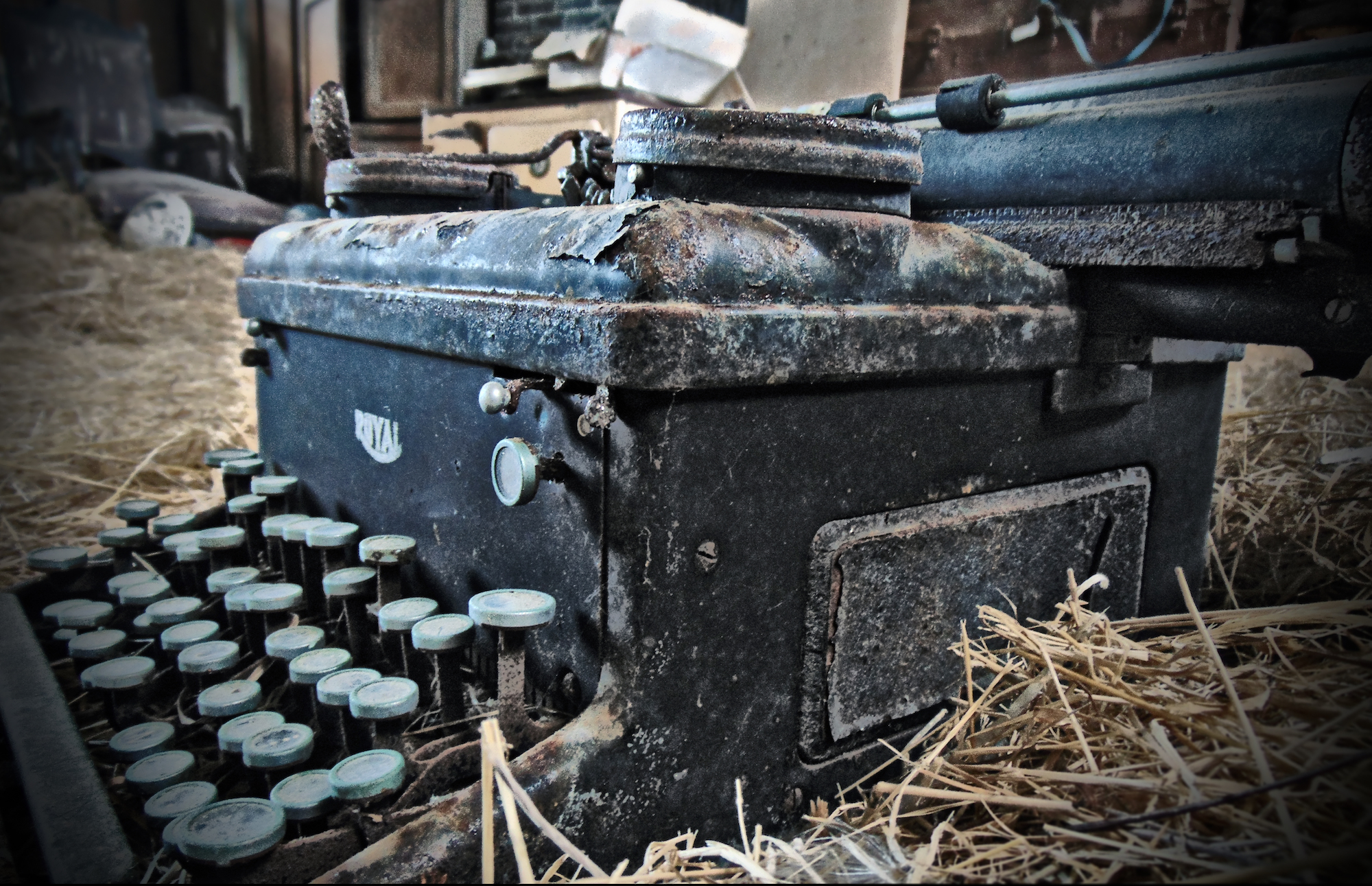
Ballymackeehola, Co. Mayo. This rural two-roomed national school is situated in the sparsely populated and boggy townland of Ballymackeehola in north-west Mayo. With little tree cover, the area is often wind-swept, with the Atlantic Ocean sometimes bringing a damp and harsh gale. The plaque above the doorway dates the construction of the school to 1895. It remained in use until 1969
“Ideally, what should be said to every child, repeatedly, throughout his or her school life is something like this: ‘You are in the process of being indoctrinated. We have not yet evolved a system of education that is not a system of indoctrination. We are sorry, but it is the best we can do. What you are being taught here is an amalgam of current prejudice and the choices of this particular culture. The slightest look at history will show how impermanent these must be. You are being taught by people who have been able to accommodate themselves to a regime of thought laid down by their predecessors. It is a self-perpetuating system. Those of you who are more robust and individual than others will be encouraged to leave and find ways of educating yourself — educating your own judgements. Those that stay must remember, always, and all the time, that they are being moulded and patterned to fit into the narrow and particular needs of this particular society.”
― Doris Lessing, The Golden Notebook
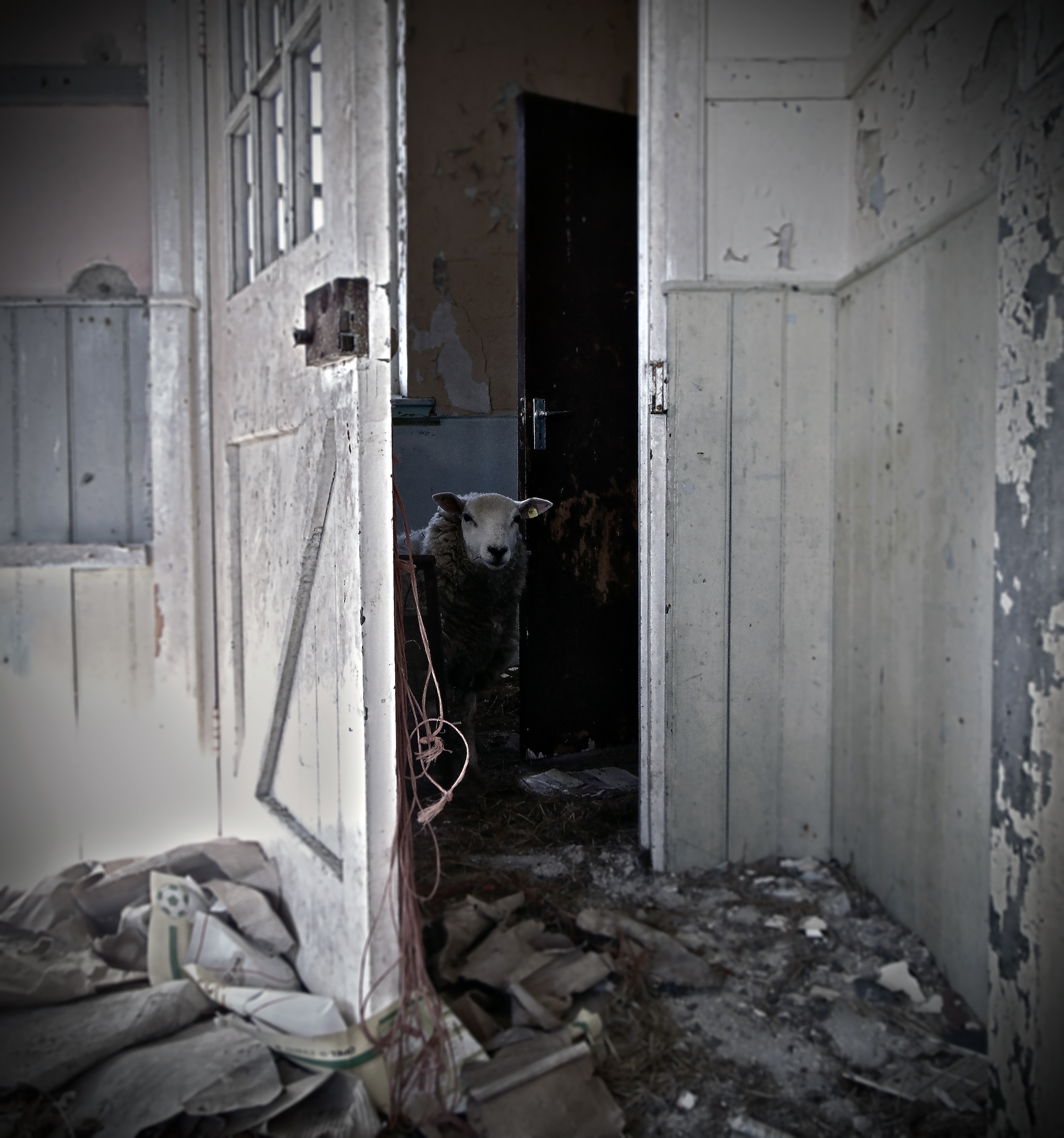
Bunnadden Co. Sligo – 1883. A plaque on the northern end of the building dates its construction to 1883 although the First Edition Ordnance Survey sheet above shows that there was a pre-existing school at this site in at least the 1840s . Although in ruin, the interior is relatively well preserved, with the brightly painted walls having a now spooky patina.
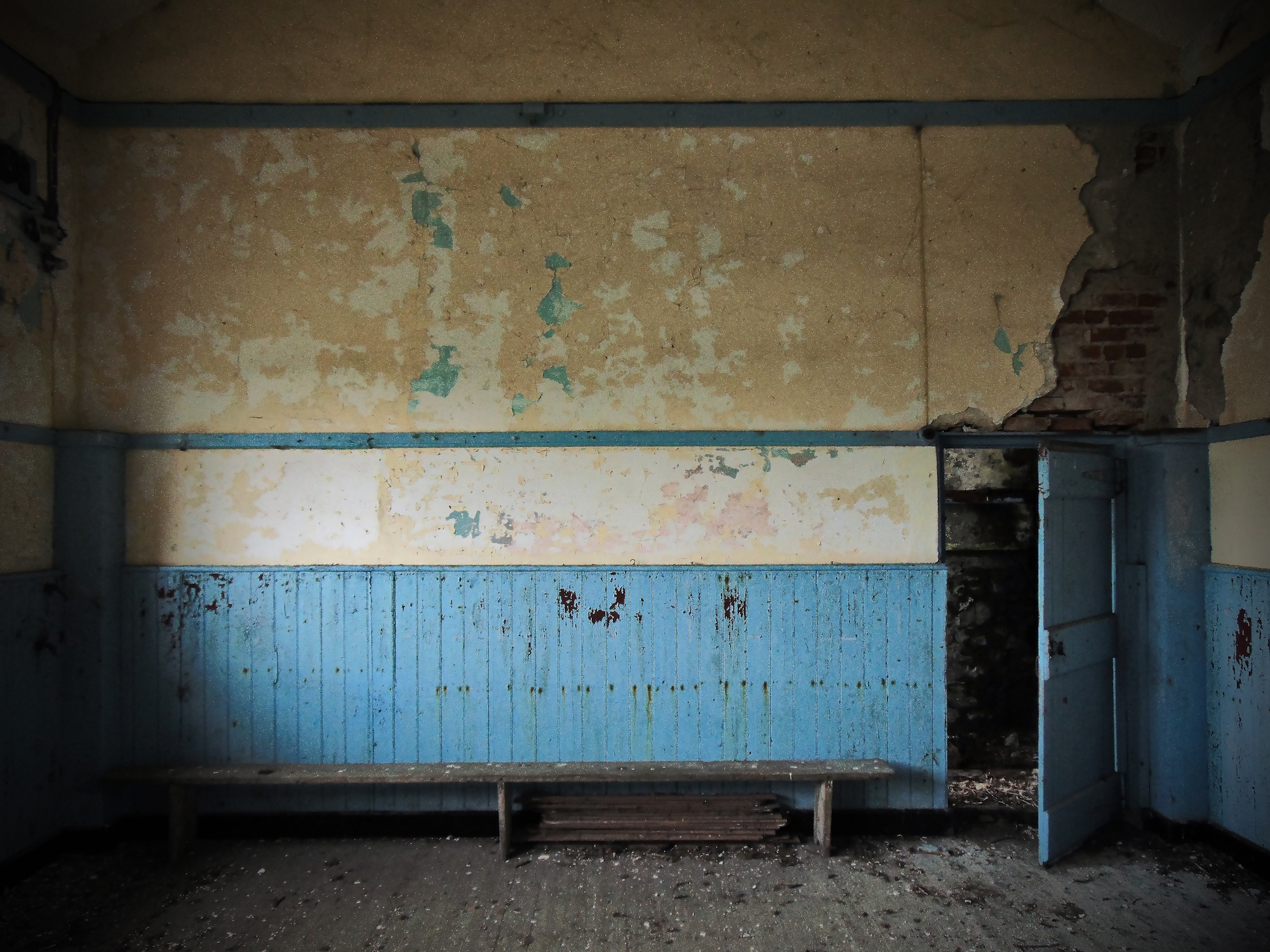
Carrigan National School Co. Cavan – 1897. The building includes the typical double entrances at each end for boys and girls, with the schoolyard to the rear also being segregated. A Stone plaque to centre of front elevation is inscribed ‘CARRIGANS NATIONAL SCHOOL / 1897 / ENLARGED BY REV T. MAGUIRE CC / 1929’.
“You should be nicer to him,’ a schoolmate had once said to me of some awfully ill-favored boy. ‘He has no friends.’ This, I realized with a pang of pity that I can still remember, was only true as long as everybody agreed to it.”
― Christopher Hitchens, Hitch-22: A Memoir
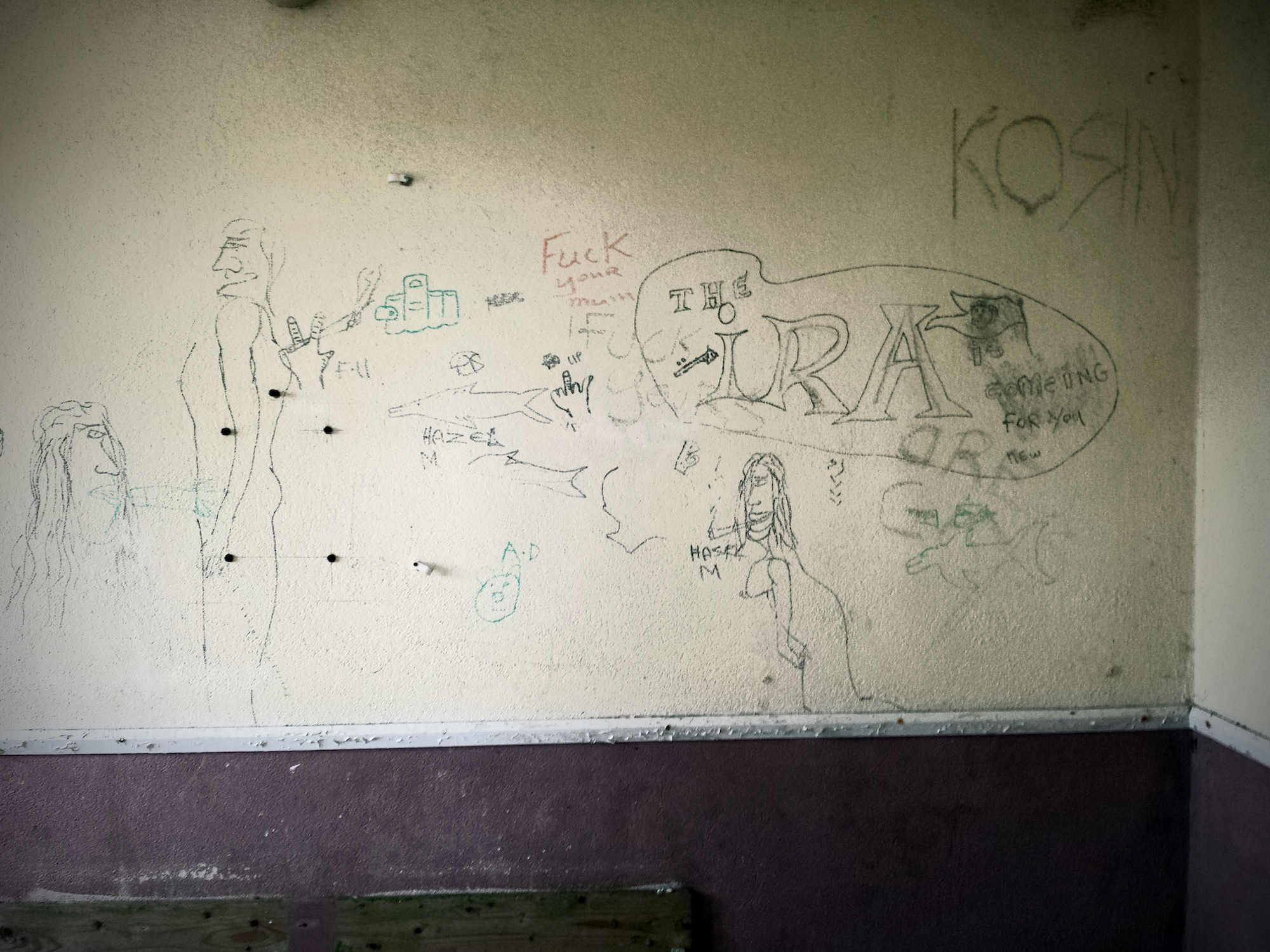
Drumlish National School Co. Longford – 1930 . Standing beside the building is a pebble-dashed water-tower typical of 1950s school construction, while to the rear is a cast-in-situ concrete playground shelter. It is a particularly evocative abandoned school house, only going out of use in recent years. On entering the school through either of the cold, cast-in-situ side entrances, it’s functional 1950s architecture amid the encroaching nature gives the interior a Pripyat-esque feel.
“They spent the first three years of school getting you to pretend stuff and then the rest of it marking you down if you did the same thing.”
― Margaret Atwood, Oryx and Crake

Gortahose Co. Leitrim – 1890. In 1937 the Irish Folklore Commission, in collaboration with the Department of Education and the Irish National Teachers’ Organisation, initiated a revolutionary scheme in which schoolchildren were encouraged to collect and document folklore and local history. Over a period of eighteen months some 100,000 children in 5,000 primary schools in the twenty-six counties of the Irish Free State were encouraged to collect folklore material in their home districts. This of course included Gortahose. Below are extracts from the Irish Folklore Commission’s records for Gortahose. The story’s featured below relate to local folklore and places, with an interesting reference to witchcraft in the locality.
Oh what fun we had
But, did it really turn out bad
All I learnt at school
Was how to bend not break the rules
Oh what fun we had
But at the time it seemed so bad
Trying different ways
To make a difference to the days.
– Madness, Baggy Trousers

Killymarly Co. Monaghan – 1840
Two-storey National Schools are less common in Ireland, and generally earlier in date than their single-storey counterparts. Remarkably, one of the classrooms retains three long school benches, two of which are in relatively good condition. Facing a now blank wall, it is interesting to wonder how many local school children had sat on these seats through the years, and to which corners of the earth they might have been scattered. And when was the last time the empty inkwells that are sunken into each desk held ink?
“She got on with her education. In her opinion, school kept on trying to interfere with it.”
― Terry Pratchett, Soul Music
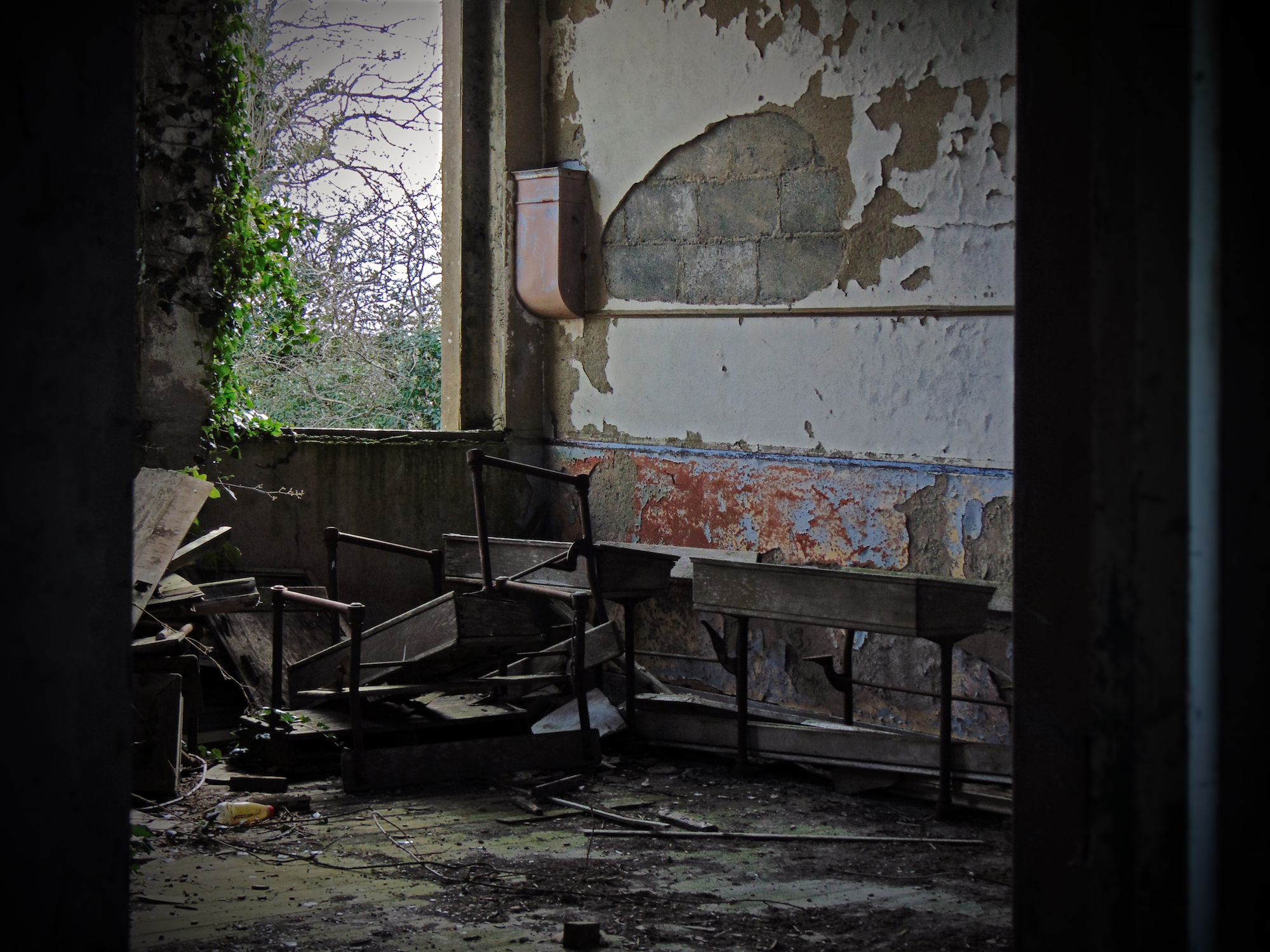
Latton National School Co. Monaghan - 1941. Now standing in open pasture, the structure is gradually giving way to the elements. To the front of the building there is an inscribed limestone date and name plaque reading ‘Scoil Mhuire Leacht Fhinn Scoil Náisiúnta 1941’. However, inside many of the fixtures and fittings remain, and each classroom retains much of the original furniture giving the environment a particularly spooky feeling.
“Do you know how to pick a lock?”
“Not in the least, I’m afraid.”
“I often wonder what we go to school for,” said Wimsey.”
― Dorothy L. Sayers, Strong Poison
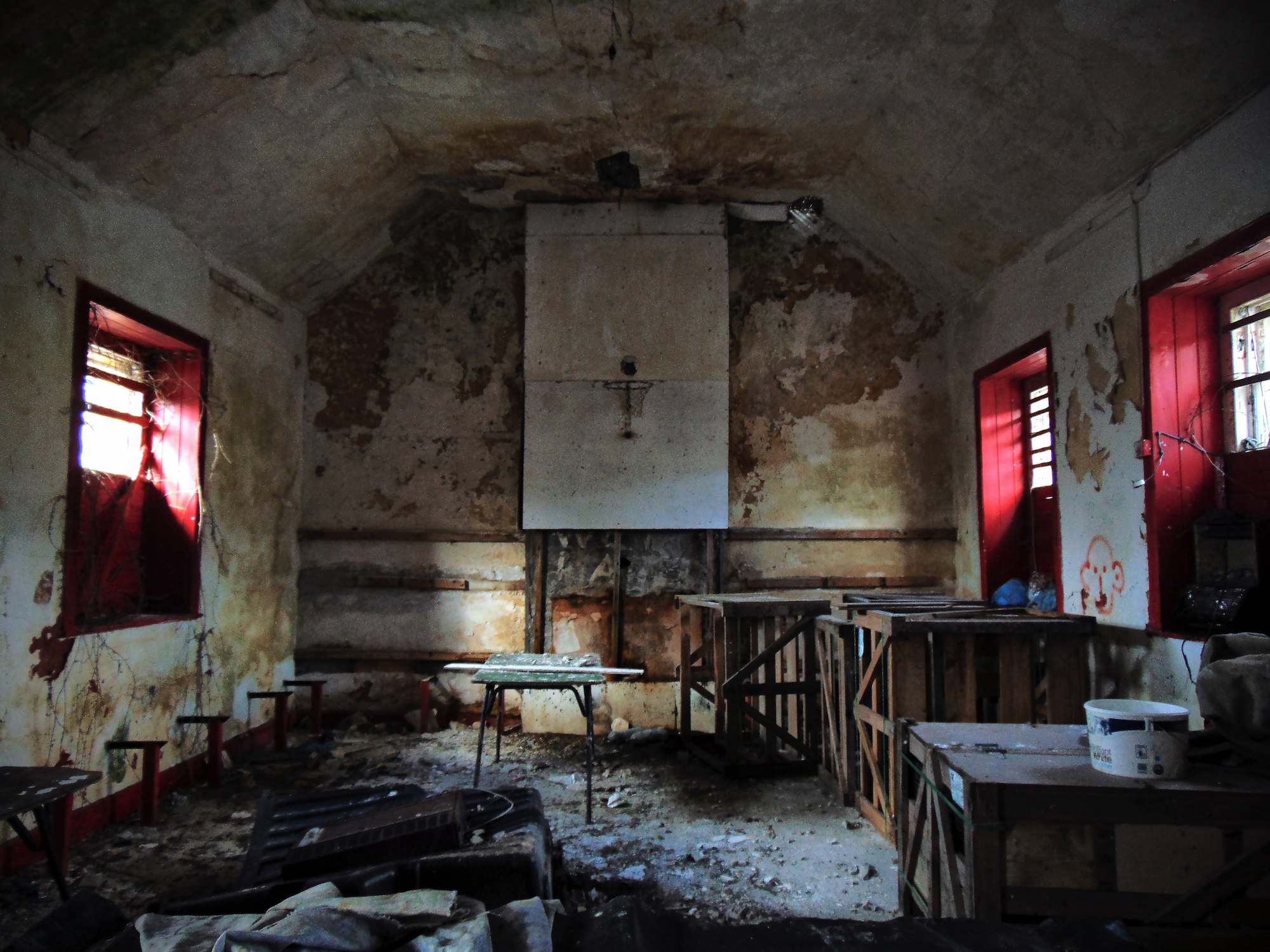
Mastergeehy Co. Kerry – 1870-1890
It is difficult to imagine the tranquility of this location being disturbed by the outside world, but this was the case one winter in 1941 when on the 26th of December, a Luftwaffe Junkers Ju 88 D was forced to crash-land on the valley floor because of engine trouble. Such happenings were undoubtedly the subject of much discussion when the school children of Mastergeehy returned to their tiny classroom after the Christmas break in 1942. Is there anyone still living in the area that remembers the time when the winds that have given Mastergeehy its name, brought this unexpected surprise?
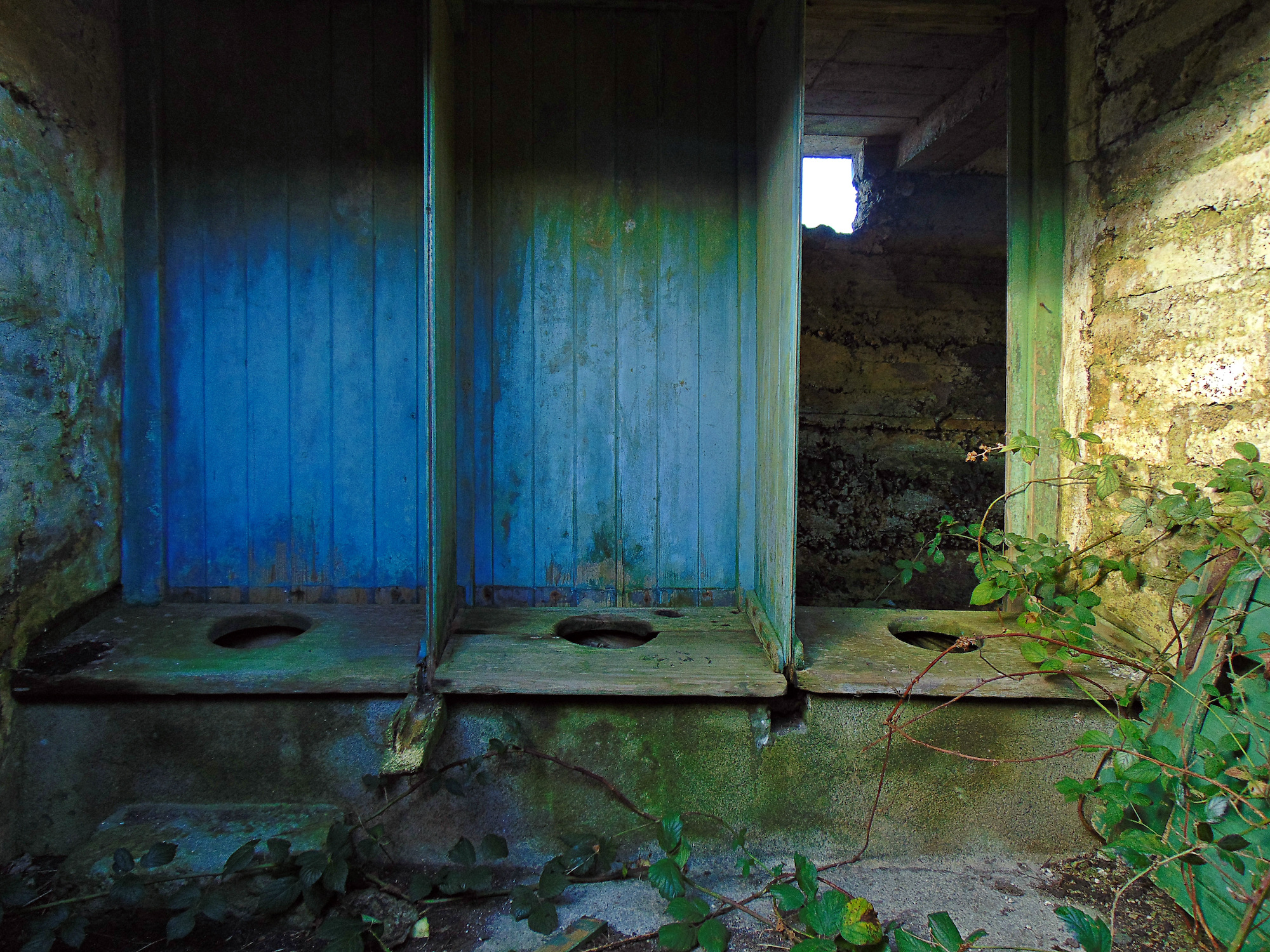
Shanavaghera Co. Mayo – 1935
The building is certainly in a ruinous state, with nature making its way in through the shattered glass and broken doorways. Nonetheless, original features such as the wooden partition that divided the main room into three classrooms, three original fireplaces, and a single school desk added wonderful atmosphere to this building. The separate entrances for boys and girls are to the rear of the school, and the numbered coat-hooks once used by the pupils can be seen in the entrance hall. The suspended wooden floor remains solid enough to walk on without fear of it collapsing beneath your feet. The school closed in 1968/9.
“But to go to school in a summer morn,
O! It drives all joy away;
Under a cruel eye outworn,
The little ones spend the day
In sighing and dismay.”
― William Blake, The Schoolboy
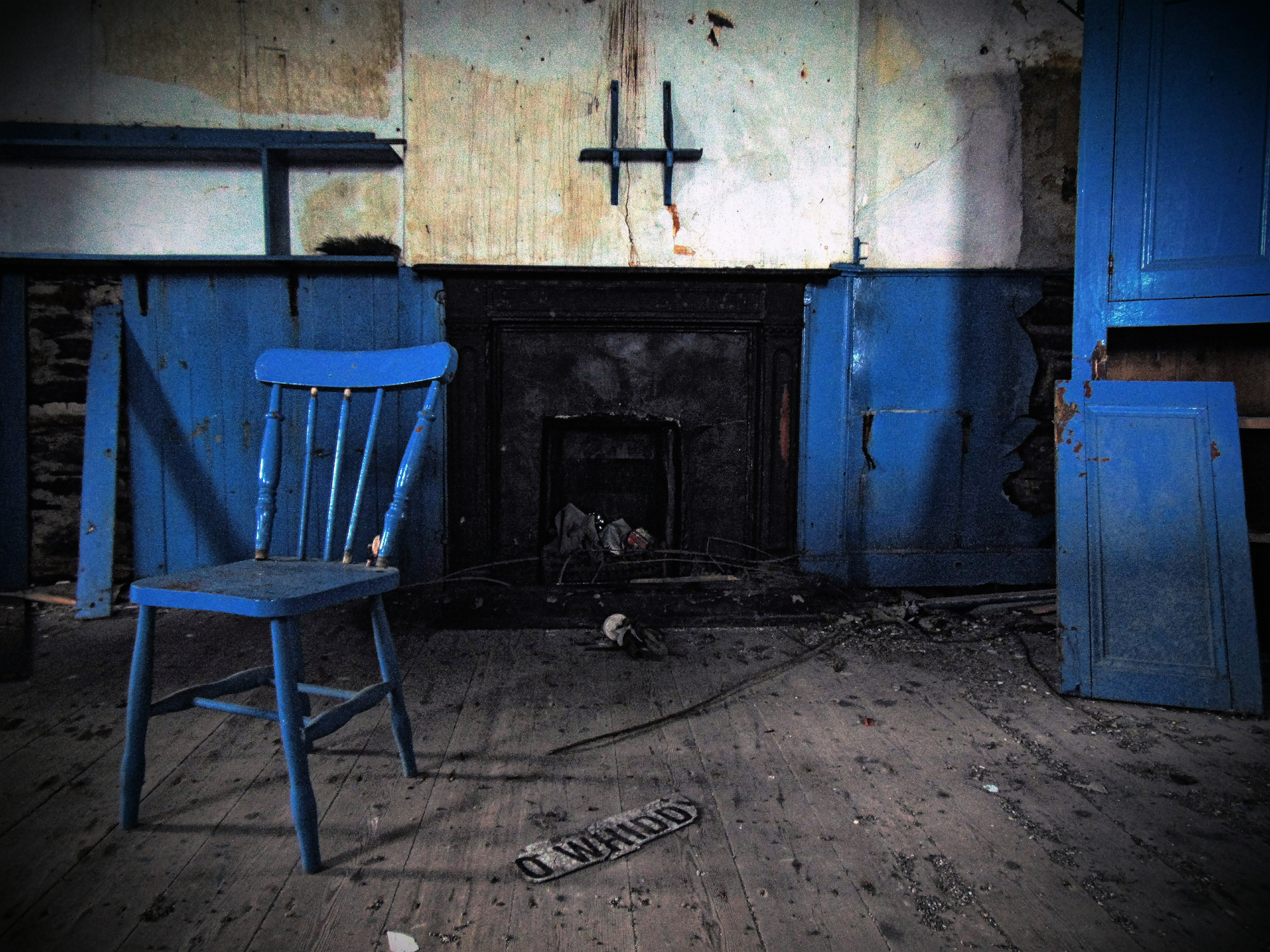
Whiddy Island National School Co. Cork – 1887 . Whiddy Island is a small, near-shore island located at the head of Bantry Bay in Co. Cork. Not far from the modern quayside and in the townland of Trawnahaha is a small late 19th-century one-roomed school house overlooking Bantry Bay below. Painted bright blue with a white lime-wash, in recent years the building had been used as a local museum though it has now fallen into a state of disrepair.
You can discover more of Enda’s great work on his site.
Would you like to support Flashbak?
Please consider making a donation to our site. We don't want to rely on ads to bring you the best of visual culture. You can also support us by signing up to our Mailing List. And you can also follow us on Facebook, Instagram and Twitter. For great art and culture delivered to your door, visit our shop.
